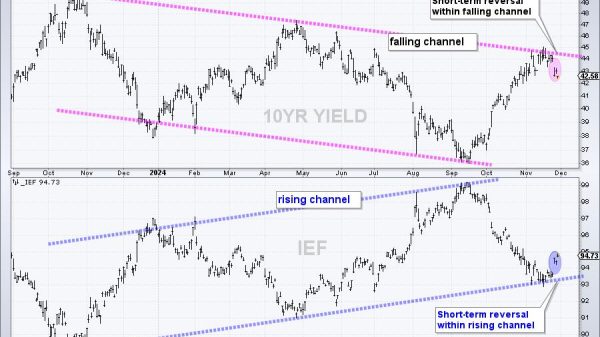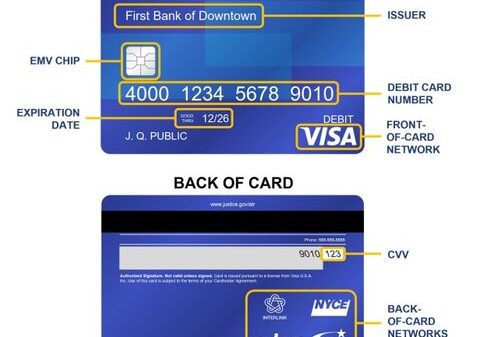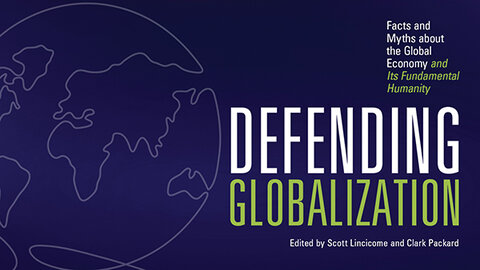Education has been included in an era where technology touches every aspect of our lives.
The infusion of technology into learning transforms traditional educational landscapes, creating innovative teaching methodologies and dynamic learning environments. This article delves into the creative applications of technology in education, exploring how these innovations are revolutionising the way we learn and teach.
Personalised Learning
One of the most significant advantages of technology in education is its ability to tailor learning experiences to meet the individual needs of each student. Personalised learning leverages algorithms and artificial intelligence to analyse students’ learning styles, strengths, and weaknesses, adapting the curriculum accordingly. This approach is particularly relevant when considering the development of a PhD thesis proposal, where a highly specialised and individualised plan of study is crucial. Students can learn at their own pace, focusing on areas that require more attention while advancing through subjects they excel in. Such customization ensures that education is accessible and effective for everyone, accommodating diverse learning needs and preferences in a way traditional education systems cannot.
Interactive Learning Environments
Gone are the days when learning was confined to the static pages of textbooks and the monologue lectures of educators. Interactive learning environments powered by technology have ushered in an era of dynamic education where students actively participate in their learning journeys. Digital platforms like virtual reality (VR) and augmented reality (AR) transport students beyond the four walls of the classroom, allowing them to explore ancient civilizations, dissect virtual frogs, or walk through the human circulatory system. This hands-on approach not only makes learning more engaging but also enhances comprehension and retention by providing experiential learning experiences that are both immersive and impactful.
Furthermore, these technologies enable educators to present complex concepts in ways that are more accessible and understandable, bridging the gap between theoretical knowledge and practical application. They also foster critical thinking and creativity, as students are no longer passive recipients of information but rather active explorers of content, tasked with solving problems and navigating through virtual scenarios.
Collaborative Platforms
The advent of collaborative platforms has transformed the solitary act of studying into a communal experience. Tools like Google Classroom and Slack create virtual spaces where students can collaborate, share resources, and provide feedback in real time, regardless of geographical boundaries. This fosters a sense of community and cooperation, preparing students for the collaborative nature of the modern workplace. Moreover, these platforms facilitate teacher-student interaction beyond school hours, extending learning opportunities and support.
They also enable the creation of diverse teams, allowing students to experience working with peers from different cultures and backgrounds, enriching their educational experience. Furthermore, these platforms have made project-based learning more accessible and effective, as students can easily collaborate on assignments and projects, sharing documents and resources seamlessly.
Gamification of Learning
Gamification has turned learning into an adventure, where educational content is presented through games that challenge students to progress through levels, earn points, and achieve goals. This approach taps into learners’ intrinsic motivation, making acquiring knowledge fun and engaging. Beyond entertainment, gamified learning strengthens problem-solving skills, encourages persistence, and promotes healthy competition. By blending play with education, gamification can motivate reluctant learners and rekindle a love for learning.
It also introduces a feedback loop, offering immediate rewards and recognition for achievements, which reinforces learning and motivates students to continue progressing. Additionally, gamification supports the development of critical life skills, such as financial literacy and time management, through real-life simulations and scenarios.
Open Educational Resources
The rise of open educational resources (OER) has democratised access to education, making high-quality learning materials available to anyone with an internet connection. Websites like Khan Academy and Coursera offer courses on everything from quantum physics to art history, often free. These resources supplement formal education and empower individuals to pursue lifelong learning, explore new interests, and advance their careers. The open nature of these materials encourages a culture of sharing and collaboration among educators and learners worldwide.
This movement towards open access also challenges traditional textbook models, potentially reducing the costs of educational materials for students. Moreover, OERs are constantly updated and improved by a global community of educators and experts, ensuring that the content remains current and relevant.
Conclusion
The creative applications of technology in learning are not just changing how we educate; they are redefining what it means to learn. By making education more interactive, personalised, collaborative, fun, and accessible, technology is not only addressing the limitations of traditional education but also preparing learners for a future where adaptability and continuous learning are key. As we continue to explore and innovate, the potential of technology to revolutionise education is limitless. The journey has just begun, and the future of learning looks brighter than ever.
Integrating technology in education represents a paradigm shift towards a more engaging, inclusive, and flexible learning environment. It’s a testament to how creativity, coupled with technological advancements, can overcome the challenges of traditional education systems, making learning a lifelong, enjoyable, and universally accessible endeavour. As educators and learners embrace these technologies, the possibilities for enhancing education and unlocking human potential are boundless.
Read more:
Revolutionising Education: Creative Applications of Technology in Learning
























